Call for abstracts:
‘Speculating upon Biography’:
An International Symposium dedicated to exploring the boundaries of biography
25-26 October 2018, Noosa Queensland Australia
The etymology of biography comes from the Greek βίος(bíos, “life”) plus γράφω
(gráphō, “write”), which explains why most definitions describe this genre as a
narrative of a life, that is written by someone else with the intention of offering an
historically-accurate account of this person. Despite this emphasis upon veracity,
biography has long been a vibrant site for experimentation. Over forty years ago,
esteemed biographer Leon Edel acknowledged that ‘there’s a great deal of
speculation in [all] biography’ because biographers ‘can never know everything …
most readers understand that there will be a degree of ‘informed speculation’ (qtd.
in McCullough 1985, online).
More recently, some writers have chosen to experiment further with biography,
employing conjecture and ‘informed imagination’ to fill in the gaps and silences in
the archives, and when writing the lives of those who are under-represented in
sources and obscured from the historical record. Such works have come to be known
as ‘speculative biography’, not only because they challenge traditional notions of
authorial veracity but also because, in contrast to biographically-based fiction or
historical fiction, these experimental approaches are still clearly recognizable as nonfictional
attempts to explore and express the ‘truth’. And yet, despite the fact that
such speculative work has significant implications for postcolonial histories globally
as well as the way we construct notions of ‘truth’, little scholarly attention has been
devoted to the methodological and theoretical underpinnings of this new variant of
biography or to exploring key works thus produced.
This one-day multi-disciplinary event will remedy this by inviting investigation into
speculative biography and exploring associated practices and processes including:
• Definitions, models and methods for writing speculative biography
• Theoretical underpinnings of speculative biography
• Possibilities and challenges of speculative biographical writing
• Speculative biography and historical fiction: similarities and differences
• Speculative biography and questions of truth, fiction and fictionalization
• Speculative biography, lost lives and forgotten life stories
• Past and recent speculative biographies
• Ethical issues in writing speculative biography
• Speculation, gaps in the historical record and fragmentary/unreliable sources
• Beyond the violence of the archive
• Writing and publishing speculative biography
• Speculative biography for younger readers
• Speculative biographical memoir
• Speculative graphic and comic biographies
• National histories of speculative biographical production
• Implications of speculative biography for postcolonial historical enquiry
• The reception of speculative biography
• Other relevant topics and issues
Keynote Speakers
Professor Donna Lee Brien has been writing, and writing about, experimental and
speculative biography since the 1990s. Recent books aligned with the topic include
Recovering History Through Fact and Fiction: Forgotten Lives (with Dallas Baker and
Nike Sulway, 2017) and Assisting International Students Develop and Publish Accounts
of Learning Transformation Due to their Australian Experiences (with Alison Owens,
2015). Offshoot: Contemporary Life Writing Methodologies and Practice (with Quinn
Eades) will be published by University of Western Australia Press in 2018. With over
250 published book chapters, journal articles, refereed conference papers and
creative works, and editor of over 40 themed special issues of journals, Donna is the
current co-editor of the Australasian Journal of Popular Culture and past
Commissioning Editor, Special Issues, TEXT: Journal of Writing and Writing Courses.
Dr Kiera Lindsey is an award-winning historian who published a speculative
biography entitled The Convict’s Daughter: The Scandal that Shocked a Colony with
Australia’s largest independent publishing house, Allen & Unwin in 2016. The
Convict’s Daughter received positive trade and scholarly reviews and is now in its 4th
print run. In 2017, Kiera was awarded an ARC DECRA for a project entitled
‘Speculative Biography, Historical Craft and the Case of Adelaide Ironside’. This
project, which she will complete at UTS, will reconstitute the scanty archive of
Australian colonial artist Adelaide Ironside into a narrative-driven speculative
biography, before critically investigating this process in a series of publications,
masterclasses and public workshops aimed at encouraging others intent upon
recovering lost lives for general readers. Kiera is an enthusiastic communicator who
recently appeared in a four-part HISTORY Channel TV series. She is also a regular
presenter on ABC’s Nightlife program.
Masterclass
To encourage discussion and explore the creative possibilities and challenges of
speculative biography, this symposium includes a Masterclass workshop. Together,
we will consider a host of case studies and potential methodologies useful to writers
wrestling with stories and sources that resist a straightforward approach. This
workshop will appeal to practitioners keen to experiment with biography and
historical writing as well as theorists considering the critical and ethical implications
of genre-transgression. We welcome those working in biography, history, creative
writing and life writing as well as family-historians and theoretical scholars.
Publications
An edited book and/or refereed journal issue will be produced from this event.
Abstracts (250 words max) and your name, email plus brief bio note (50-100 words)
due 30 May 2018, email to Kiera.Lindsey@uts.edu.au
**Please put ‘2018 International Speculating on Biography Symposium abstract’ in
the subject line of your email
Location CQUniversity, Noosa campus
90 Goodchap Street, Noosaville Qld 4566
Contact/ all queries Professor Donna Lee Brien
CQUniversity, Noosa campus d.brien@cqu.edu.au
We look forward to welcoming you to beautiful Noosa!




























































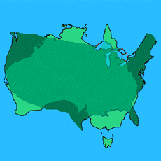



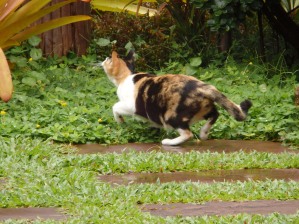
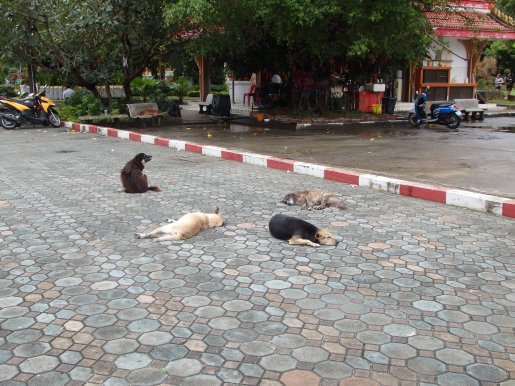
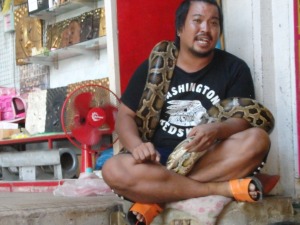

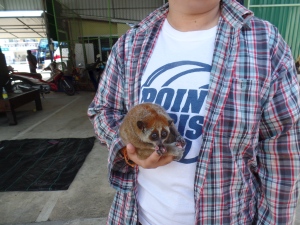
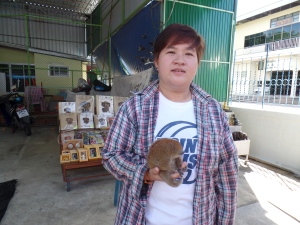
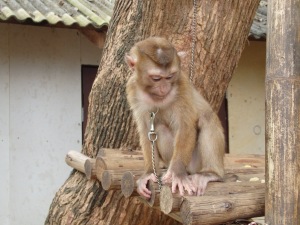

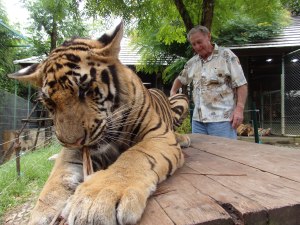

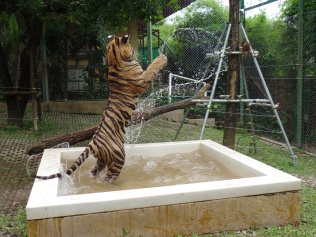
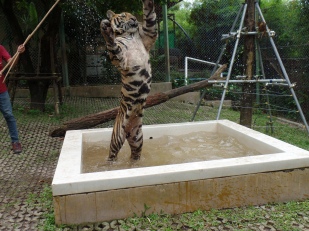
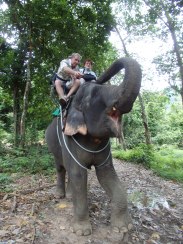
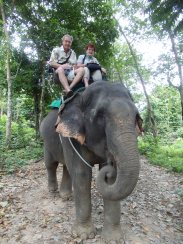
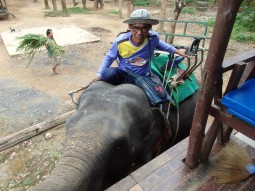
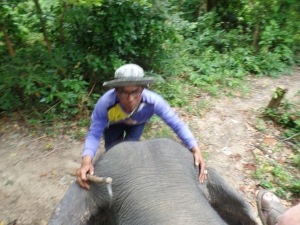
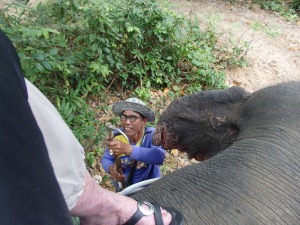
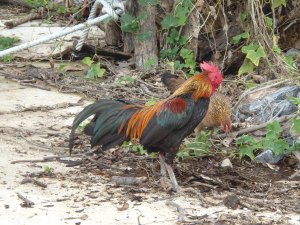
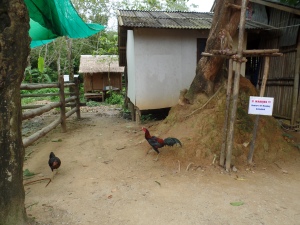
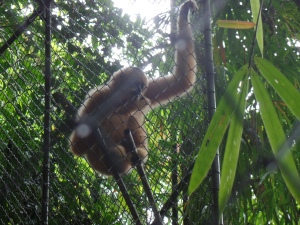
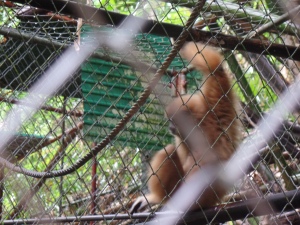

This edited collection brings together research that focuses on historic figures who have been largely neglected by history or forgotten over time. The question of how to recover, reclaim or retell the histories and stories of those obscured by the passage of time is one of growing public and scholarly interest. The volume includes chapters on a diverse array of topics, including semi-biographical fiction, digital and visual biographies, autobiographies, and memoirs, among others. Apart from the largely forgotten, the book provides fresh perspectives on historical figures whose biographies are distorted by their fame or limited by public perception. The subjects explored here include, among others, a child author, a Finnish grandmother, a cold war émigré, an Elizabethan era playwright, a castaway, a celebrated female artist, and the lauded personalities Mary Shelley, Judy Garland and J.R.R. Tolkien. Altogether, the chapters included in this collection offer a much-needed snapshot of new research on biography and its many variations and hybrids which will be of interest to academics and students of biography and life writing in general.